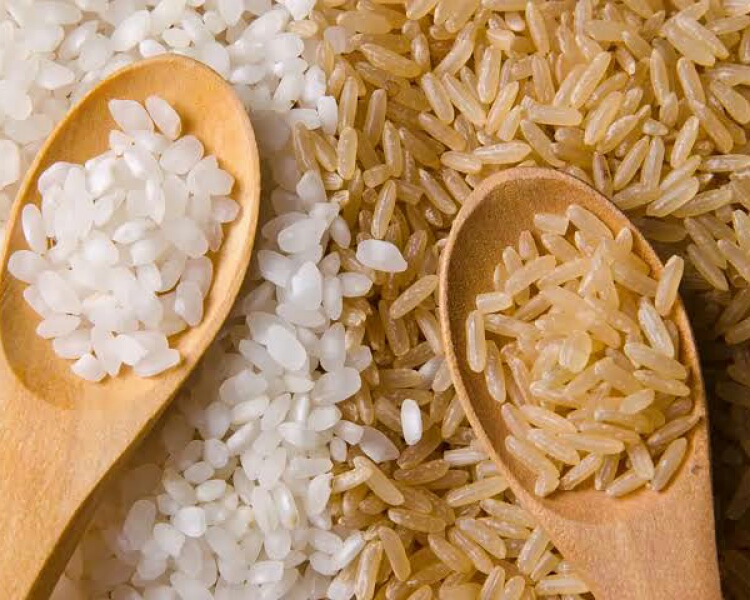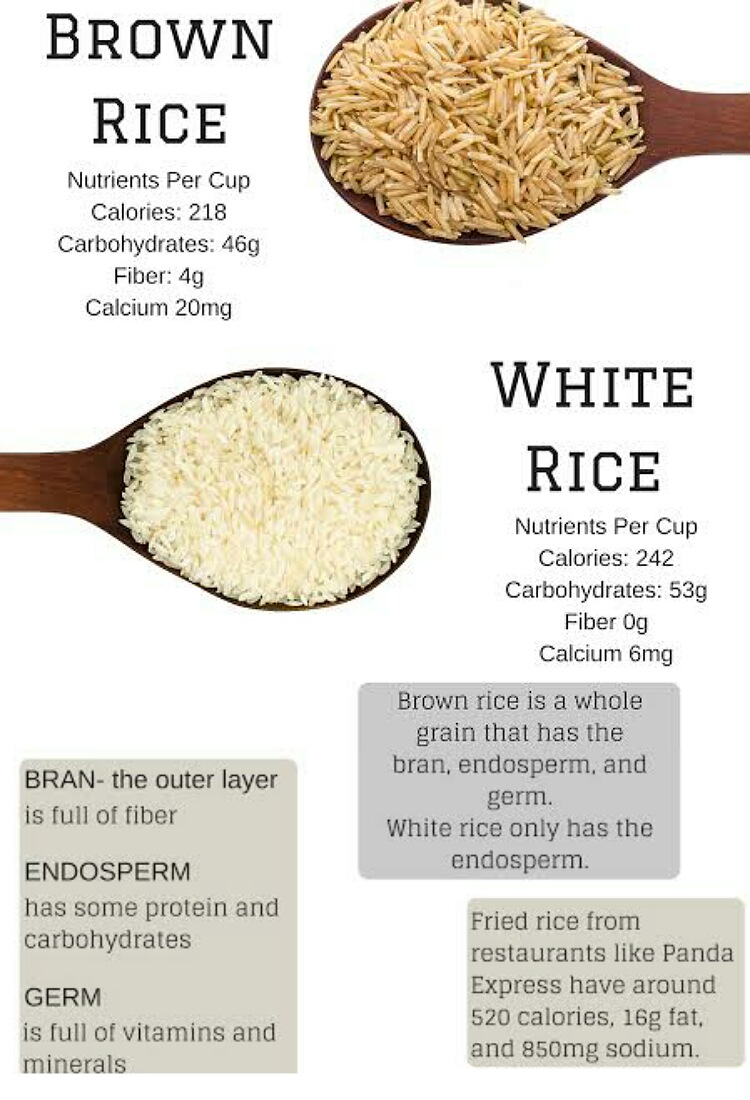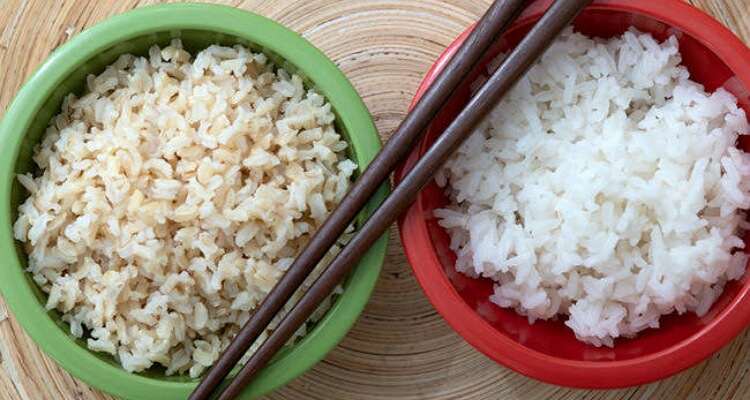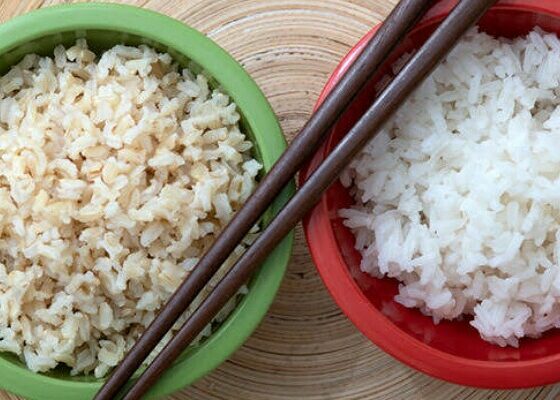Rice is a staple food of many people in the world. It is an ancient grain and nutritious. But often, people want to know which is the healthiest rice: white or brown? There is a constant non-ending debate on it. To know the answer, read on.
White rice and brown rice
Rice has been a staple food of many since 8000 BC. It is the third most produced grain crop in the world. Sugarcane and corn come first and second in production in the world. Asia is the main producer of this food. China produced 28% of the world’s rice in 2019.
There are several varieties of rice. And people genuinely want to know which is the healthiest of them all? Often, the debate comes and ends at the two rice types: white and brown. What is the difference between the two?

Every grain has bran, germ and endosperm. In brown rice, all three parts are intact. Whereas, in case of white rice, germ and bran are removed. And it has only the endosperm. Therefore, it has less of fats, proteins and dietary fiber that reside in the outer layers (bran and germ) of the grains. But it still contains nutrients in the endosperm.
Which rice is healthiest?
The nutrition scientist Kera Nyemb-Diop does not like this question because Kera believes that it stinks of the harmful diet culture of exclusion. Kera says:
“If rice was the only food we were eating, it would make sense (to ask that) because we’re interested in having a balance of nutrients and fiber, so of course I would say brown rice is more complete,”
“But when you look at the reality, people eat meals.”
Brown rice has more dietary fiber. Hence it is good for people who have frequent constipation and need more fiber in food. This rice has lower glycemic index. Hence diabetics can opt for it. But Kera feels that when we eat meals, we pair rice with another high protein source and vegetables. Hence the effects of white rice nullifies because veggies give fiber and the protein source can lower the net glycemic index of white rice.

Kera suggests people to have a variety of rice in their daily diet. One can rotate these types of rice for a balanced and wholesome food.
Benefits of white rice
Read here: Health benefits of glutinous rice!
White rice, though deprived of bran and germ, is not bad. It still has magnesium, manganese, phosphorus, selenium, iron, niacinamide, thiamine, and folic acid. One should not ‘villainize’ white rice. Kera does not believe in labeling foods as healthy or unhealthy. She feels that parts of each cuisine in the world or their ways could be healthy or unhealthy.

Kera explains:
“If we look around the world, some of the communities that actually live longer, like Japan, they rely a lot on white rice. It’s really not the right approach to focus on one food, we need to focus on other aspects,”
She feels that instead of feeling ashamed of a food, embrace it in a way that its ill effects are minimized.
